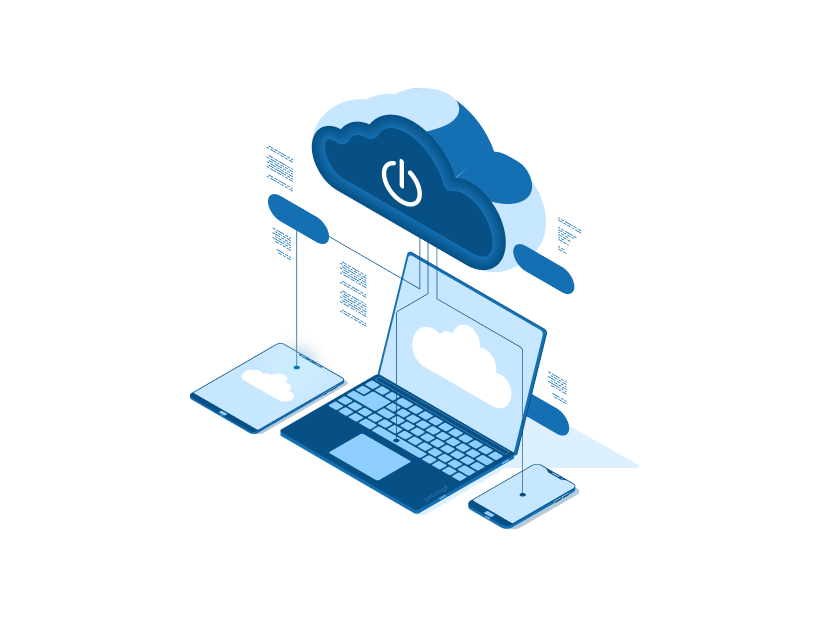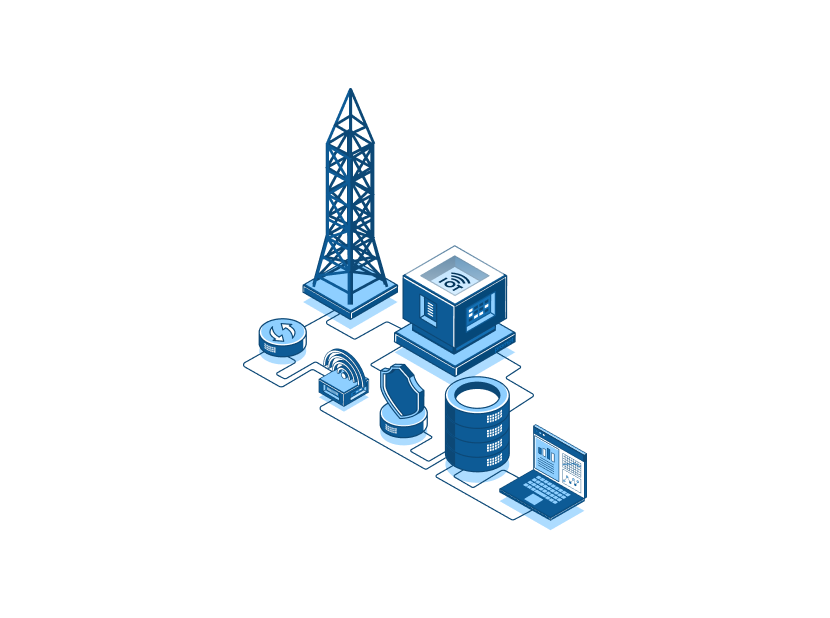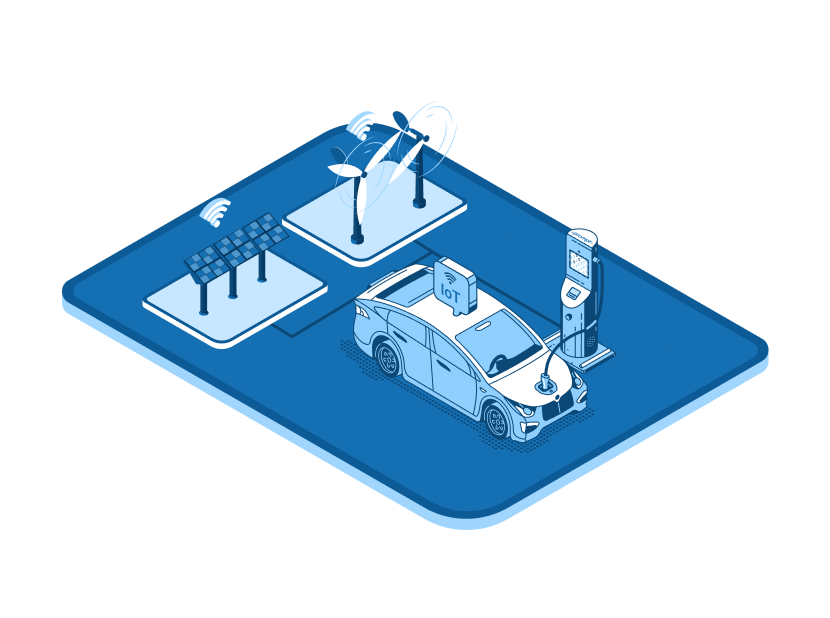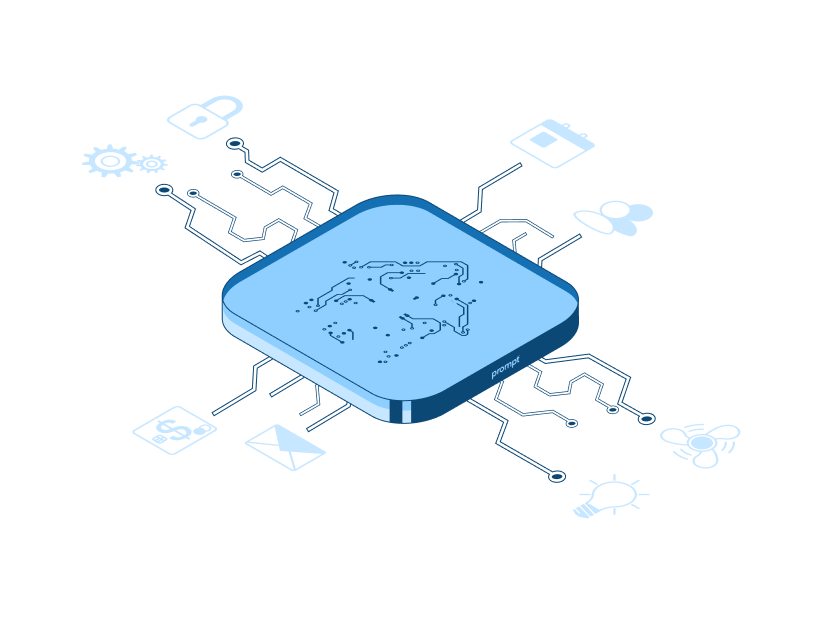Sustainability should not just be correlated to environmental policies; this term is now essential to business and life today. It is now just beyond the govt policies. Today, supply chain partners, customers, regulators, and investors are more focused on environmentally friendly products and asking for environmental accountability from manufacturers. Obviously, the reason is to protect the environment. The changing climate, increasing carbon emissions, and their after-effects have forced us to rethink the manufacturing models.
International Energy Agency states that the manufacturing and power sectors cause around 63% of energy-related CO2 emissions globally. But changes and progress depend entirely upon their success. Luckily, manufacturing has reached a long way since the third industrial revolution, which saw changes in automation and productivity without thinking about environmental impact. The fourth industrial revolution, which is popularly known as Industry 4.0, has provided manufacturers with more precise and detailed insight into their operational efficiencies. Network-connected assets enable real-time monitoring of performance metrics that integrate with more sustainable production. However, this type of connection or connectivity presents a new challenge that is- managing data more efficiently.
What are the challenges in achieving sustainability?
Handling emissions and data-center energy consumption means manufacturers must manage sustainability on two fronts. The first place is managing it in their operations. In Europe, Industry is one of the main reasons, or we can say a significant contributor to greenhouse gases.
At a global level, industrial processes are also the fastest-growing source of greenhouse gas emissions, rising by 203% since 1990. To slow this highly speedy trend and accelerate the progress on reducing CO2 emissions and achieving net zero, industrial companies must learn operational data management and pull insights from that data. However, this seems easy but is actually very challenging. As per IDC’s first Worldwide Energy Transition Survey conducted in June 2022 (#US49548622),45% of respondents mentioned a lack of good data on energy usage and CO2 emissions as an obstacle to progress.
Therefore, industrial companies must gather high-quality data from various sources for sustainability and other operational use cases. Unfortunately, this leads to the second challenge- While reducing operational carbon, are we increasing carbon consumption from the vast data we store and process in the cloud?
Data processing and storage must be a combination of the sustainability equation. Stanford Magazine says saving and storing 100 gigabytes of data in the cloud generates around 0.2 tons of CO2 annually. According to Standford’s calculation, if a factory generated 1TB of data daily and saved all this data to the cloud, the site would create 365,000 gigabytes or 730 tons of CO2 yearly. In a large manufacturer with around 60 sites, the factory would create 43,800 tons of CO2 emissions yearly for data processing and storage alone. To understand this perspective in simple words, we can say that it is equivalent to nearly 10,000 passengers vehicles on the road yearly.
Manufacturers must evaluate their total carbon footprint with a strategy that can address both points of this two-fold challenge. Data is undoubtedly essential for visibility, and the cloud is vital for scale. Therefore, data must be collected, processed, analyzed, and utilized correctly to achieve genuinely sustainable manufacturing.
Beginning with a sustainable architecture:
DataOps (data operations) orchestrates people, processes, and technology to safely deliver reliable, ready-to-use data to all who need it. DataOps provides an agile, automated, and process-oriented methodology that data stakeholders use to enhance data and analytics’ quality, delivery, and management.
An Industrial DataOpS solution is an application designed especially for industrial data and systems. Industrial DataOps is a new type of software solution that acknowledges the industrial’s evolving data architecture needs as they adopt Industry 4.0, Digital Transformation, and Smart Manufacturing. They allow manufacturers to create and stream valuable industrial data to the cloud, where it can analyze for sustainability use cases.
Users can prepare, integrate, and standardize data at the edge to guarantee that only logical, usable information payloads are furnished to the cloud. It lessens unnecessary data storage and processing costs while accelerating the adoption of advanced analytics services from vendors like AWS and Microsoft. We can mark the example of Pulp and paper manufacturer Georgia-Pacifi over here. It is a company that potentially used an Industrial DataOps solution, HighByte Intelligence Hub, to achieve its sustainability ambitions.
What’s coming up:
Today, we can quickly notice that sustainability use cases for Industrial DataOps are booming. It is obvious that Industrial DataOps will become a critical architectural component to assist companies in reducing emissions, cutting energy consumption, optimizing grid and alternative energy usage, decreasing digital waste, and optimizing processes.
Also, manufacturing sustainability is not limited to reducing CO2 and SO2 emissions. By decreasing defects and scrap using standard Lean and Six Sigma methods, companies can also help in their sustainability goals by spending less power per unit and potentially increasing production. These projects will allow customers to progress on their sustainability initiatives- and enhance their bottom line.
So, what’s your sustainable manufacturing strategy? Are you using your operational data smartly or creating digital waste?












